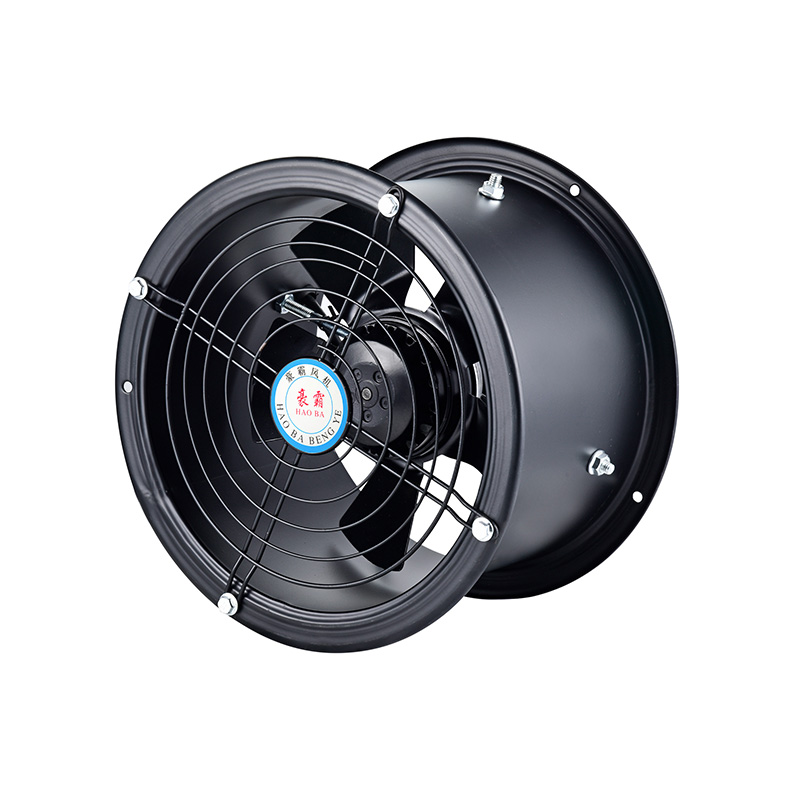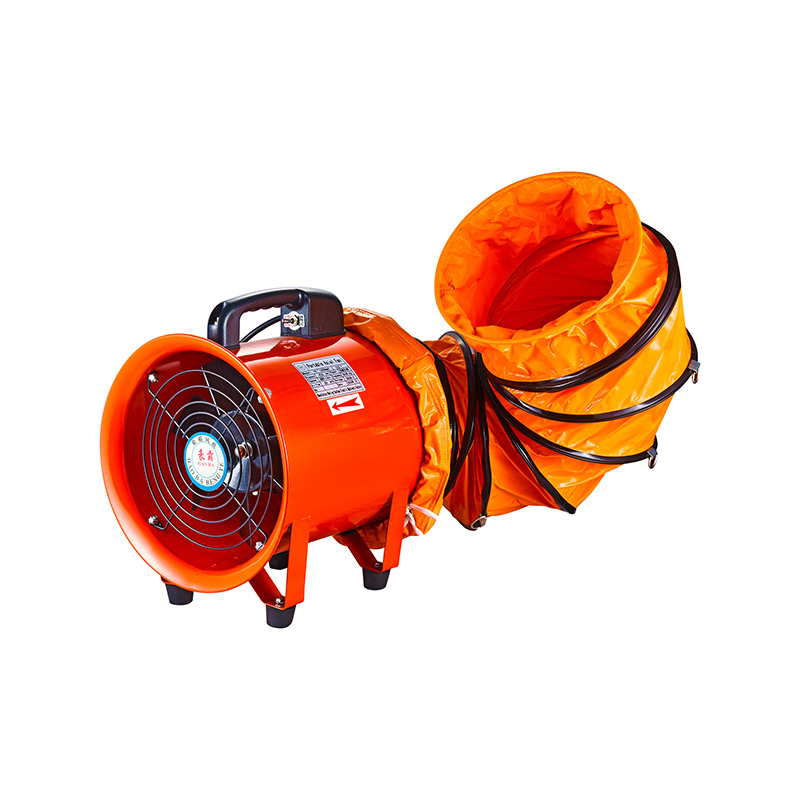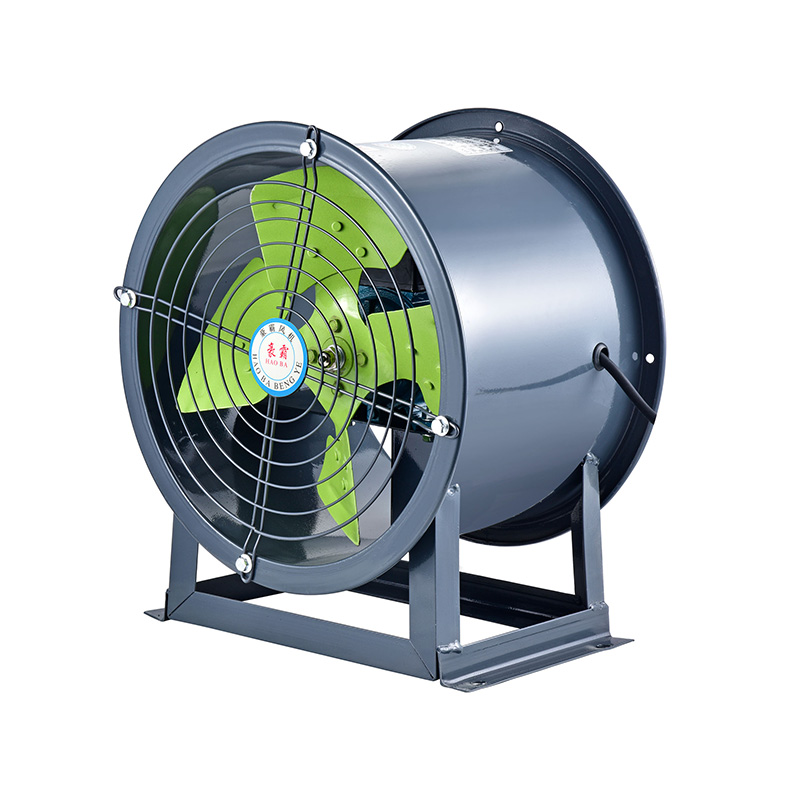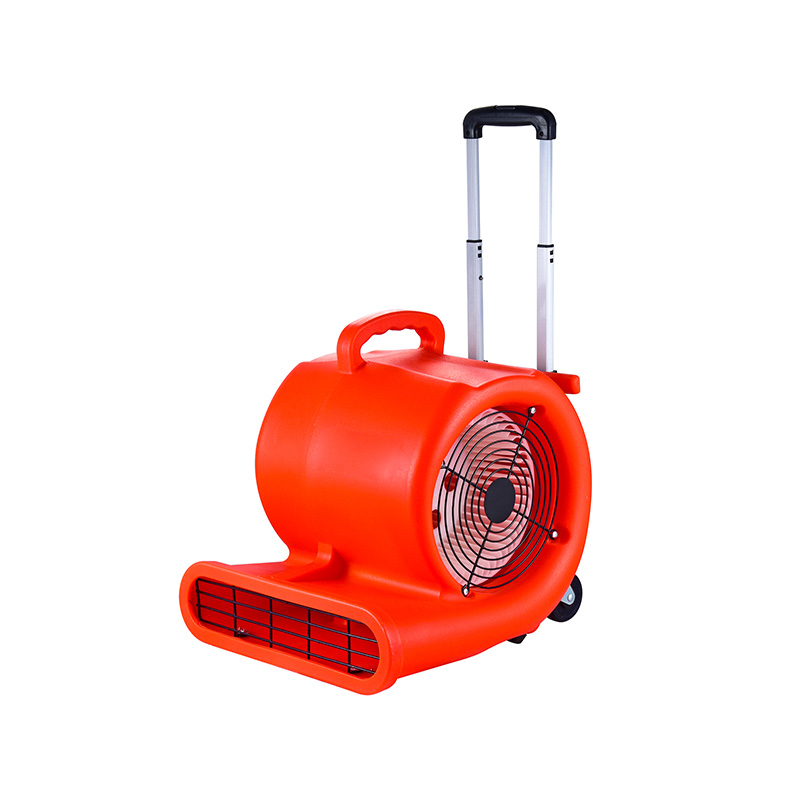The Importance Of Air Exchange Rates In Fan Selection
2025-07-08
When selecting industrial ventilation equipment, one of the more critical factors to consider is the air exchange rate. Air exchange rate, often measured in air changes per hour (ACH), refers to how many times the entire volume of air within a space is replaced with fresh air in an hour. This measure plays a vital role in ensuring that ventilation systems perform effectively, especially when industrial roof fans and centrifugal exhaust blowers are involved.

In industrial environments, proper ventilation is essential not only for maintaining air quality but also for controlling temperature, humidity, and airborne contaminants. The air exchange rate provides a quantifiable way to assess how well an industrial ventilation system will meet these needs. Selecting fans without considering the appropriate air exchange rate can lead to inadequate ventilation, resulting in discomfort for workers, equipment overheating, or even health risks due to pollutant buildup.
Industrial roof fans are widely used in factories, warehouses, and other large facilities where natural ventilation is insufficient. These fans help expel stale or contaminated air and introduce fresh air into the building. However, to maximize their efficiency, it is necessary to calculate the air exchange rate that the space requires. This calculation depends on several factors, including the size of the facility, the type of industrial processes occurring, and the amount of heat or pollutants generated.
Centrifugal exhaust blowers, on the other hand, are often used to move air through ductwork and provide targeted ventilation for specific areas. They can generate higher static pressure compared to other fan types, making them suitable for systems with longer ducts or filters. The air exchange rate remains a key parameter when choosing centrifugal exhaust blowers, as the blower must be capable of moving enough air to maintain the desired air changes per hour.
Understanding the air exchange rate helps determine the size and capacity of industrial ventilation equipment needed for a particular application. For example, a warehouse storing chemicals or materials that release fumes will require a higher air exchange rate compared to a typical storage area. Failing to meet this requirement may cause hazardous air quality conditions. In contrast, overestimating the air exchange rate can lead to oversized fans that consume unnecessary energy and increase operating costs.
Industrial roof fans come in various designs and sizes, so the air exchange rate calculation guides the selection process to ensure the chosen fan matches the facility’s needs. These fans can be combined with centrifugal exhaust blowers to create a ventilation system tailored to specific industrial environments. For instance, industrial roof fans might handle the bulk of air movement in a large open space, while centrifugal exhaust blowers provide localized ventilation in areas with heavy smoke or dust.
One common misconception is that increasing fan speed alone can improve ventilation without proper regard to air exchange rates. However, simply increasing airflow can create noise problems, increase wear on the equipment, and may not address the specific ventilation needs if the system is not balanced correctly. By focusing on air exchange rates, engineers and facility managers can better align fan selection with actual ventilation requirements, improving system performance and longevity.
Another advantage of considering air exchange rates is energy efficiency. Industrial ventilation equipment that operates within the appropriate air exchange parameters tends to run more smoothly and consume less power. Fans that are too small may run continuously at high speeds, stressing the motor and increasing maintenance needs. Conversely, fans selected with the right capacity for the calculated air exchange rate can operate at moderate speeds, extending their service life and reducing energy consumption.
Centrifugal exhaust blowers also offer flexibility in maintaining required air exchange rates. Because they can generate high pressure, they are capable of overcoming resistance in duct systems or filtration units without sacrificing airflow. This ensures that even in complex ventilation setups, the target air exchange rate is achieved consistently. Regular assessment of air exchange rates is necessary to maintain proper indoor air quality, especially as industrial processes or facility layouts change over time.
In summary, the air exchange rate is a foundational concept in the selection of industrial ventilation equipment. Both industrial roof fans and centrifugal exhaust blowers play critical roles in achieving the right air movement to ensure safety, comfort, and regulatory compliance in industrial facilities. A careful calculation of air exchange rates allows for proper sizing and combination of these fans, ultimately creating a ventilation system that meets the specific demands of the environment.
Ignoring air exchange rates in fan selection can lead to underperforming ventilation systems that may compromise air quality or waste energy. By integrating air exchange rate considerations into the design process, facility managers can optimize their use of industrial roof fans and centrifugal exhaust blowers to maintain effective airflow and create healthier workplaces.

 English
English русский
русский عربى
عربى









